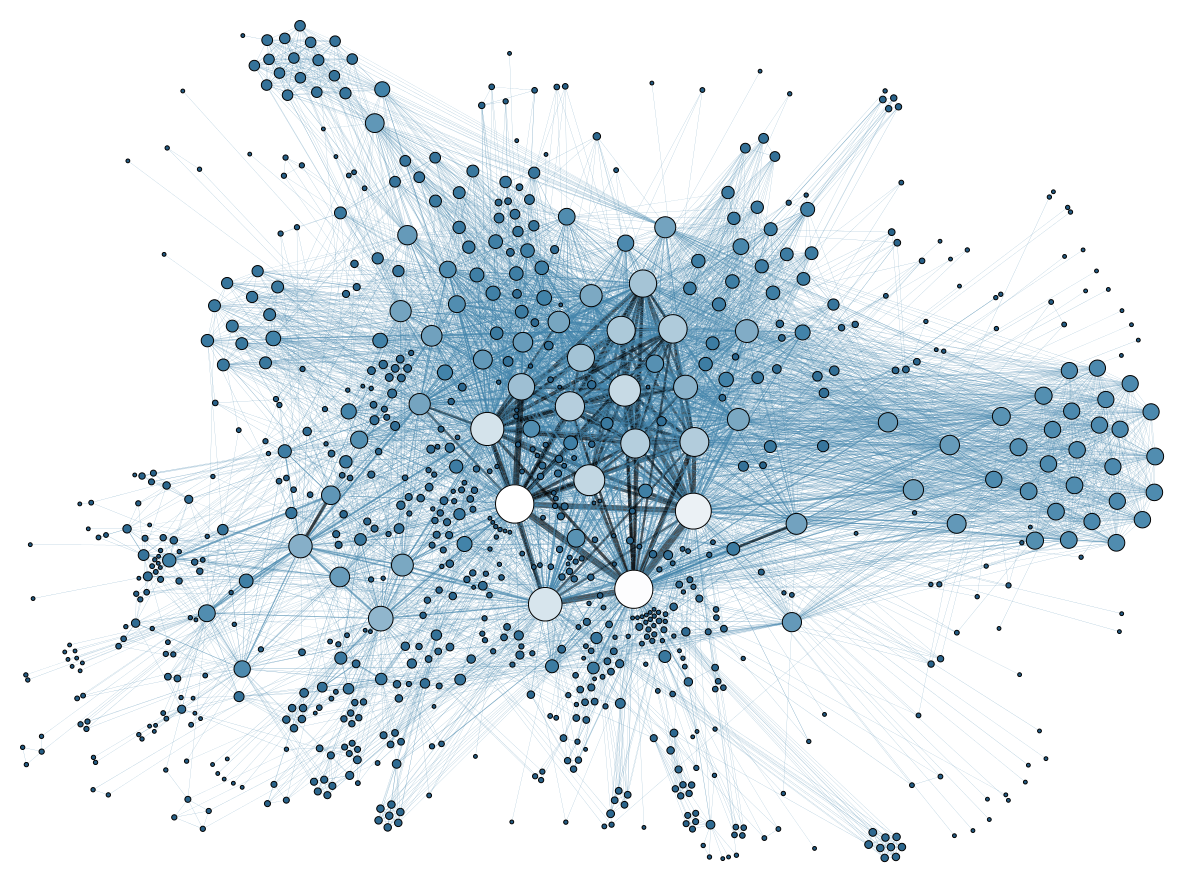Networks and their behavior are better predictors of supply chain risk
Businesses need to change the way they evaluate risk to their global supply networks. Network analytics can provide the data and tools they need.
The Ukraine war and COVID have badly damaged many supply chains. We’re encountering an energy and food crisis with much higher prices. This has caused serious problems for many companies.
Many CEOs and executive team members claim that it was impossible to anticipate this kind of risk. That is quite a naïve claim. But it illustrates how poorly many companies have evaluated their risks and global supply chain networks. With proper big data and network analyses, they could do it much better. In fact, they could learn a lot from social network analytics.
Geopolitical really exist
Many enterprises have been lazy to evaluate geopolitical risks. It is intellectually unsustainable to claim that it was impossible to see risks in Russia. The invasion of Georgia in 2008, and then Eastern Ukraine and Crimea in 2014, to say nothing of the Russian state taking over companies owned by oligarchs (e.g. Mikhail Khodorkovsky) who criticized Putin, foreshadowed what is happening in Ukraine now.
Maybe investors, businesses, and executives have now learned a valuable lesson. They cannot ignore geopolitical and global disruption risks.
Snapshots are not enough
Traditionally, investors and businesses follow the reports prepared by governments, consulting firms, and think tanks to understand geopolitics and international risks. Some companies have in-house analysts and buy projects from the leading consulting firms when they make an investment decision in a new country.
These types of reports and consulting projects can help to make better decisions. But they have some fundamental problems:
1. They’re expensive.
2. The analysis typically focuses only on one country, region and/or industry sector.
3. It’s hard to build proper scenario tools from these reports.
4. Often the risk analysis focuses only on a few well-known factors.
5. The network analysis is poor – i.e., many analyses focus on the nodes of a network, but the links between nodes and their characteristics have not been analyzed properly.
It is a global network that matters
Social Network Analytics (SNA) has been used for years to analyze people and their networks for marketing and security purposes. It is surprising that we are in a very fledgling phase when it comes to better analyzing those networks and links for global geopolitics and e.g. for supply chains, and making proper risks analysis and scenarios based on them. A lot of data is already available, for example, trading, supply chain and political connections between countries.
Lessons from Social Network Analytics
Some important lessons from social network analytics include the following:
1. Local Alphas (those who have an important impact on others in their own communities) depend on context – i.e., people have an impact on others on certain topics, but not the same people on all topics. Similar different countries and businesses have impacts in different ways.
2. Weak links are important for networks. They basically make something spread from one community to another (we saw this in practice with COVID too).
3. Impacts spread through many routes. Something spreading in a network can have a very small impact on some nodes, but those nodes can still spread the impact to other nodes that could then feel a stronger influence. These aspects are relevant for economies and businesses too.
Network analytics underutilized
The last two years should have been a wake-up call for businesses and executives that they must better understand and evaluate their global political environment. All businesses are now a part of global networks. They should be able to evaluate their networks and understand how events outside their immediate network can have an impact on them.
It is not enough to make snapshot analyses when making an investment or selecting a new supplier. It is necessary to analyze the situation all the time, and pick up on weaker signals that can become significant.
Basically, we need better big data network analytics for businesses and economies, and we need better scenario tools to make fast decisions when something significant in our network happens.
This article was authored by Jouko Ahvenainen, Founder and Chairman, Grow VC Group, Monaco



